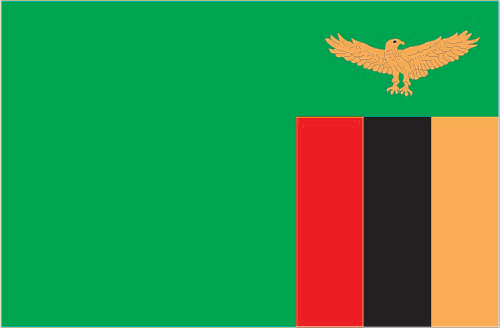
Zambia's economy has experienced strong growth in recent years, with real GDP growth in 2005-13 more than 6% per year. Privatization of government-owned copper mines in the 1990s relieved the government from covering mammoth losses generated by the industry and greatly increased copper mining output and profitability to spur economic growth. Copper output has increased steadily since 2004, due to higher copper prices and foreign investment. Zambia's dependency on copper makes it vulnerable to depressed commodity prices, but record high copper prices and a bumper maize crop in 2010 helped Zambia rebound quickly from the world economic slowdown that began in 2008. Zambia has made some strides to improve the ease of doing business. Regulatory changes by the current government in 2012-2013 included Statutory Instruments (SI) Number 33 (mandating use of the kwacha for domestic transactions) and SI Number 55 (monitoring foreign exchange transactions). Along with problems of fiscal management and weakening global copper prices, these SI's were perceived as undermining confidence in Zambia's economy and currency, leading to sharp depreciation of the kwacha in March 2014. In response, the Minister of Finance revoked SI 33 and 55 in late March 2014. Despite a strong economy, poverty remains a significant problem in Zambia, made worse by a high birth rate, relatively high HIV/AIDS burden, and by market distorting agricultural policies.
$25.47 billion (2013 est.)
country comparison to the world: 124
$24.01 billion (2012 est.)
$22.39 billion (2011 est.)
6% (2013 est.)
country comparison to the world: 37
7.2% (2012 est.)
6.8% (2011 est.)
$1,800 (2013 est.)
country comparison to the world: 196
$1,700 (2012 est.)
$1,600 (2011 est.)
agriculture: 19.8%
industry: 33.8%
services: 46.5% (2013 est.)
60.5% (2010)
7.1% (2013 est.)
country comparison to the world: 189
6.6% (2012 est.)
6.275 million (2013 est.)
country comparison to the world: 66
agriculture: 85%
industry: 6%
services: 9% (2004)
15% (2008 est.)
country comparison to the world: 140 50% (2000 est.)
copper mining and processing, emerald mining, construction, foodstuffs, beverages, chemicals, textiles, fertilizer, horticulture
8% (2013 est.)
country comparison to the world: 25